In the other regions of Asia, Longyi is called Lungi, longi, kaili or saaram.
India
In India, the customs behind wearing lungis vary by state. It could be worn with or without the traditional unsewn kaupinam or later-era sewn langot, both of which are type of traditional loincloth undergarments.
In Kerala, the lungi is generally colourful and available in various designs, and it is worn by both men and women. It is also called Kaili.
Physical laborers typically use it as a working dress. A Kerala dhoti is plain white and known as mundu, and it often bears golden embroidery (known as "kasavu" mundu), especially at the border; it is worn as formal attire and on ceremonial occasions like weddings, festivals, etc.
Saffron-coloured mundus are known as kaavi munde. The men sometimes tuck up their mundus (Kerala dhoti) or lungis with the bottom of the garment being pulled up and tied back on to the waist. This would mean that the mundu (Kerala dhoti) or lungi only covers the body from the waist to the knees.
In Andhra Pradesh, Telangana, Karnataka and Tamil Nadu, only men wear this garment. It is also known as "Kaili" or "Saaram/Chaaram" in South Tamil Nadu.
In Tamil Nadu Dhoti is considered as a traditional informal or casual wear and also preferred as a comfortable night wear. Lungis with checked pattern are more popular. A white-colored open cloth called vesti (dhoti) and is used in formal occasions.
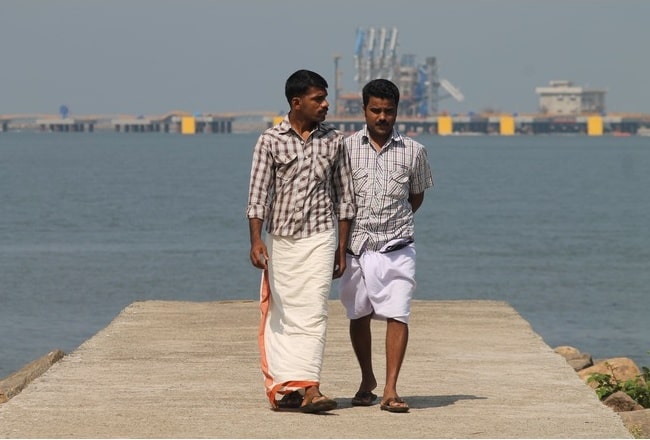
It is common in Konkan side of Karnataka state. Mostly used by Nawayath people who hails from Bhatkal Almost all of them wears it as their daily attire. It is as a mark of their tradition in Bhatkal. Mostly you will find them sewn like cylindrical shape.
In Punjab (both Pakistani and Indian portions), lungis are worn by both men and women. The male lungi is also called a tehmat, while the female lungi is called a laacha. They are part of traditional dance attire in Bhangra dance groups, but are also popular in rural areas as home wear. They are generally tied in a different way than in other parts of India and are, as a rule, unstitched and very colourful. Wearing the lungi has declined in the Punjab region in recent years.
In Odisha, and West Bengal the lungi is primarily worn at home by males of all classes of society. Hindu men generally avoid wearing lungis on the street. In Odisha, Sambalpuri with the Sambalpuri pattern and mule based lungis from Khordha are available in addition to normal cotton fabric lungis.
In Bihar and Haryana the lungi is considered a night garment for men.
In Jharkhand, Chhattisgarh and Madhya Pradesh the lungi is worn often by Tribals. They have shifted to this from their previous dress of a small cloth around their waist.
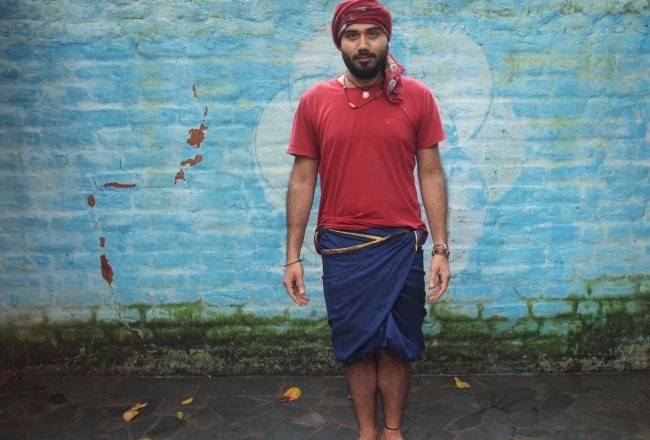
Sultanate of Oman
In the Sultanate of Oman the garment is referred to as a "wizar" it is worn in all regions by men and is recognized as an undergarment to the traditional Omani "dishdasha". It is wrapped around the waist quite differently to the Indian style as it is folded left then right to make a straight seam in the middle. The wizar is usually white (north of country)with a colourful border of different colors. The wizar can be worn as an in house garment as most Omani's simply remove their dishdasha when at home and relax in their "wizars" and vests. In the South of Oman in the region of Dhofar it's common to see a colorful varieant of the wizar and is worn more openly outdoors than it is in the north.
Bangladesh
The lungi is the most commonly seen dress of Bangladeshi men, although it is not normally worn for formal occasions. In Bangladesh, lungis are worn by men, almost universally indoors, but commonly outdoors as well. Elaborately designed tartan cotton, batik, or silk lungis are often presented as wedding gifts to the groom in a Bangladeshi wedding. The typical Bangladeshi lungi is a seamless tubular shape, as opposed to the single sheet worn in other parts of South and Southeast Asia. In Bangladesh, the lungi industry is concentrated in Sirajganj, Kushtia, Pabna and Khulna. Bangladeshi women do not traditionally wear lungis, although non-Bengali tribal women do wear similar garments in the Chittagong Hill Tracts.
In April 2013, the Baridhara Housing Society—a housing society in Dhaka—banned lungi, and began refusing entry to those who wore them. Many opposed the ban, however, taking to social media sites such as Facebook and Twitter to criticize the decision. A march took place on 13 April to oppose the ban. U.S Ambassador Dan Mozena has been seen wearing a lungi in front of his house.
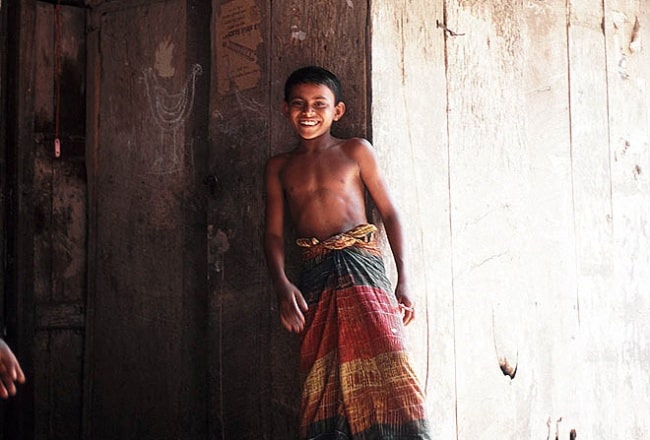
Thailand
In Thailand, it is known as a "pa kao mah" for men and a "pa toong" for women.
Laos
In Laos, it is known as Sinh and worn by women only
Maldives
In The Maldives, it is known as "Mundu", worn by elderly men exclusively.
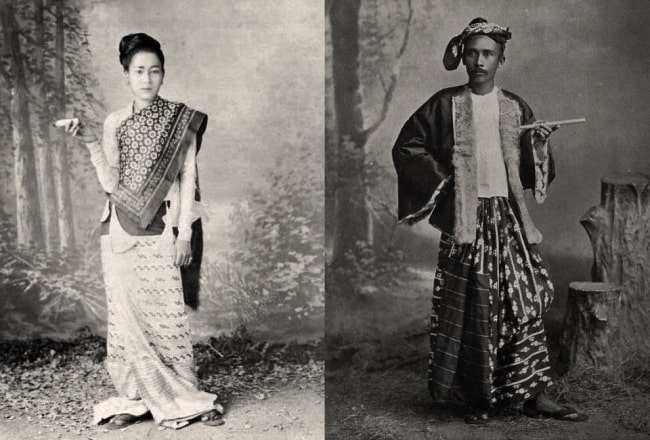


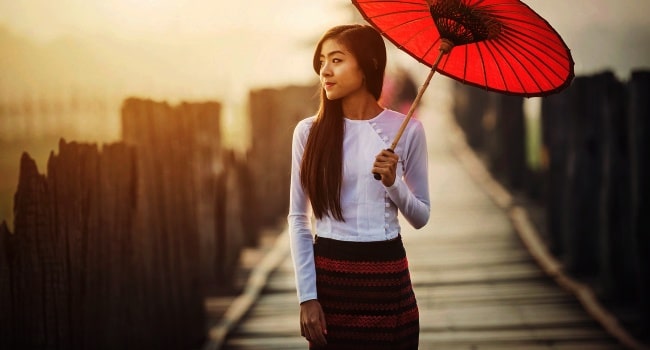

 14/01/2026
14/01/2026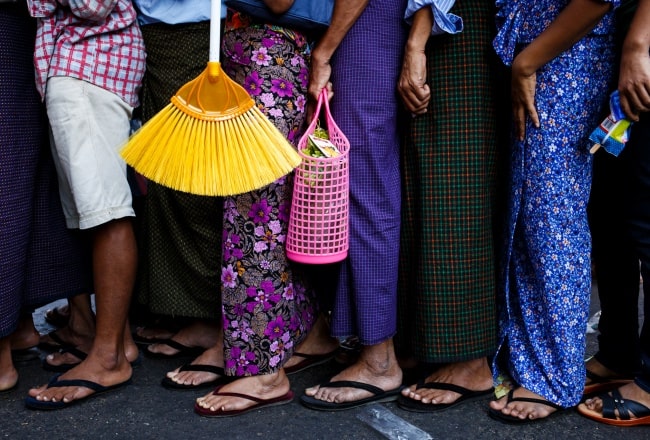
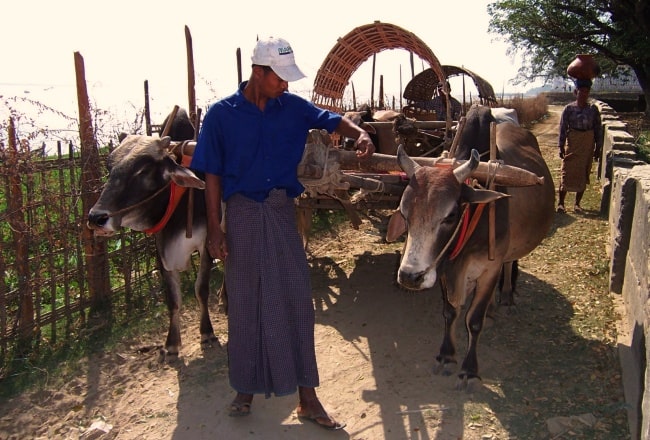
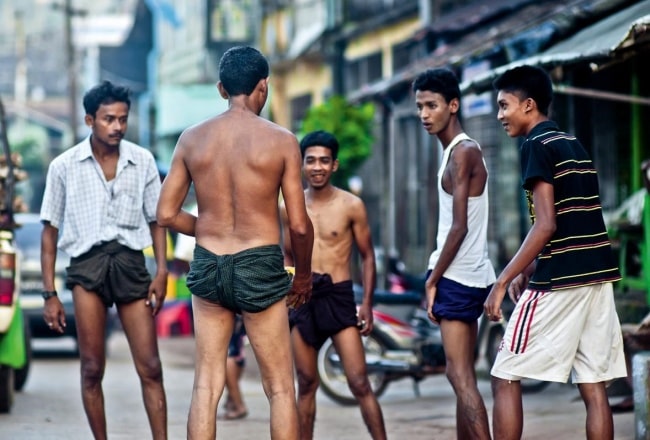
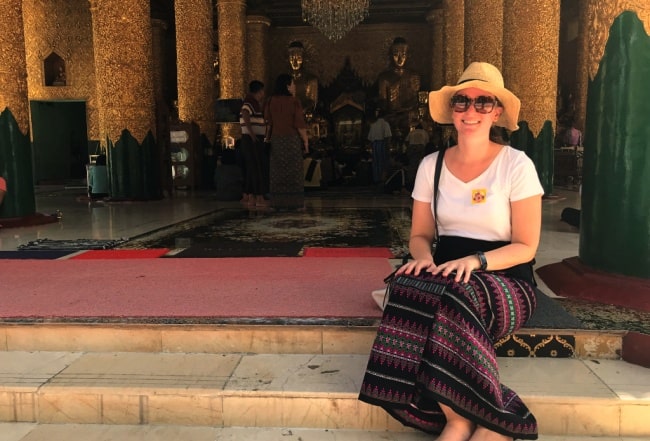
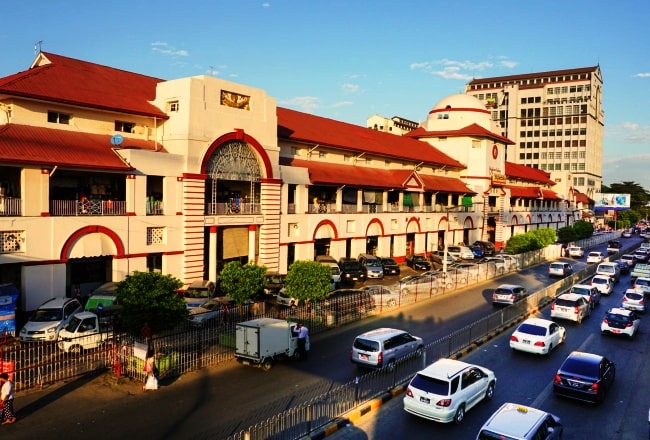
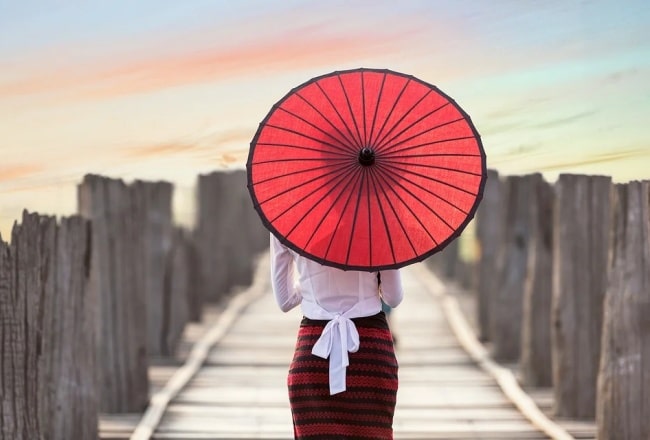






















Jolie LIEMMy name is Jolie, I am a Vietnamese girl growing up in the countryside of Hai Duong, northern Vietnam. Since a little girl, I was always dreaming of exploring the far-away lands, the unseen beauty spots of the world. My dream has been growing bigger and bigger day after day, and I do not miss a chance to make it real. After graduating from the univesity of language in Hanoi, I started the exploration with a travel agency and learning more about travel, especially responsible travel. I love experiencing the different cultures of the different lands and sharing my dream with the whole world. Hope that you love it too!